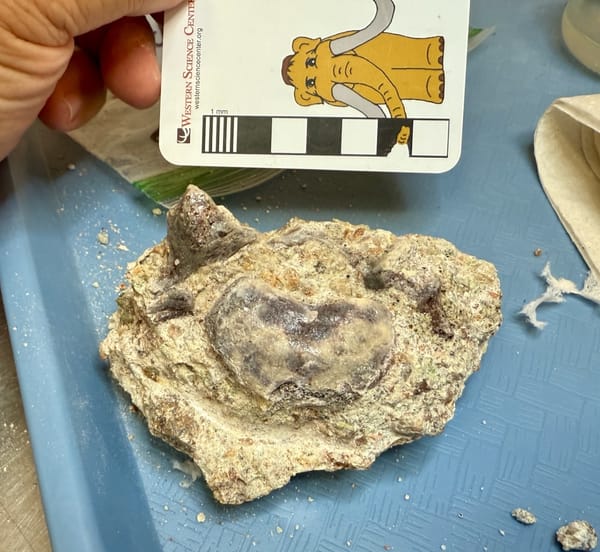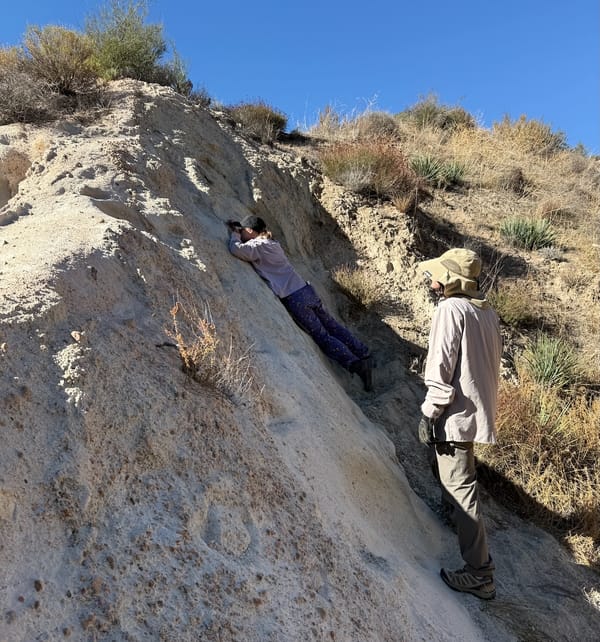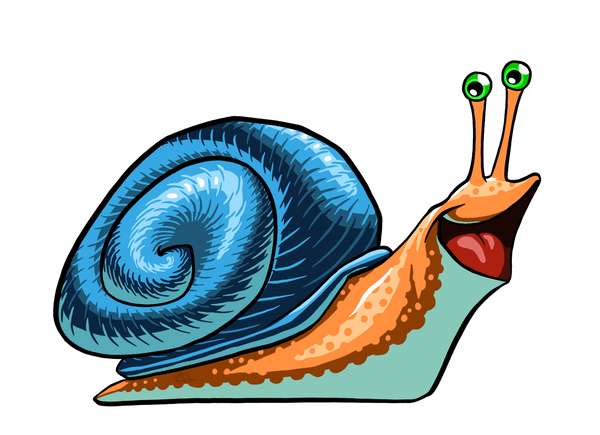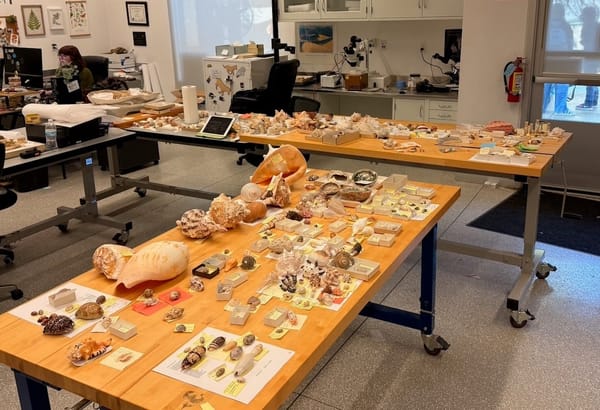New whale collection

California is unusual among U.S. states in having relatively robust protections for fossil resources, even when they are not on public lands (most states have none at all). As part of the permitting process for real estate development, developers are supposed to provide for the collection and preservation of significant fossils that are uncovered as the result of new construction. These "mitigated collections" are the single largest source of fossils in the Western Science Center collection.
Earlier this week we took in a new mitigated collection of Late Miocene - Early Pliocene fossil whales from a development in Orange County, immediately to our west. We'll be studying and cataloging this collection for some time, but a few specimens are already getting our attention.
The image above is the anterior view of the 1st neck or cervical vertebra, more commonly known as the atlas. The two large concave surfaces are the articulations for the occipital condyles on the skull (mammals have two occipital condyles, while other vertebrates have only one). The large opening between these surfaces is the neural canal, which allows for the passage of the spinal cord.
This is a large vertebra, but it's incomplete; the right transverse process is broken off. Complete, this vertebra would have been at least a half-meter across. Only four families of Pliocene whales reached such a large size, so we have a limited range of possible identifications.
In the Balaenidae, including the right whales, the atlas vertebra is always fused to the 2nd vertebra; in fact the first 6 or 7 vertebrae are fused in all known balaenids. As this atlas is isolated, we can rule out the balaenids.
The modern sperm whale, Physeter macrocephalus, has a free atlas while the other 6 neck vertebrae are fused to each other. However, the atlas has a squat, rectangular shape in anterior view, quite unlike this specimen.
The remaining large whale families, the Eschrichtiidae (gray whales) and Balaenopteridae (rorquals) both lack any fusion of the neck vertebrae. The gray whale atlas has a rather different shape, including a relatively much larger neural canal. But several of the rorquals approach the shape of the Orange County specimen, even if they aren't perfect matches. At least two species, the humpback whale (Megaptera novaeangilae) and the fin whale (Balaenoptera physalus) have a narrow, V-shaped neural canal similar to our specimen (humpback whale shown below).
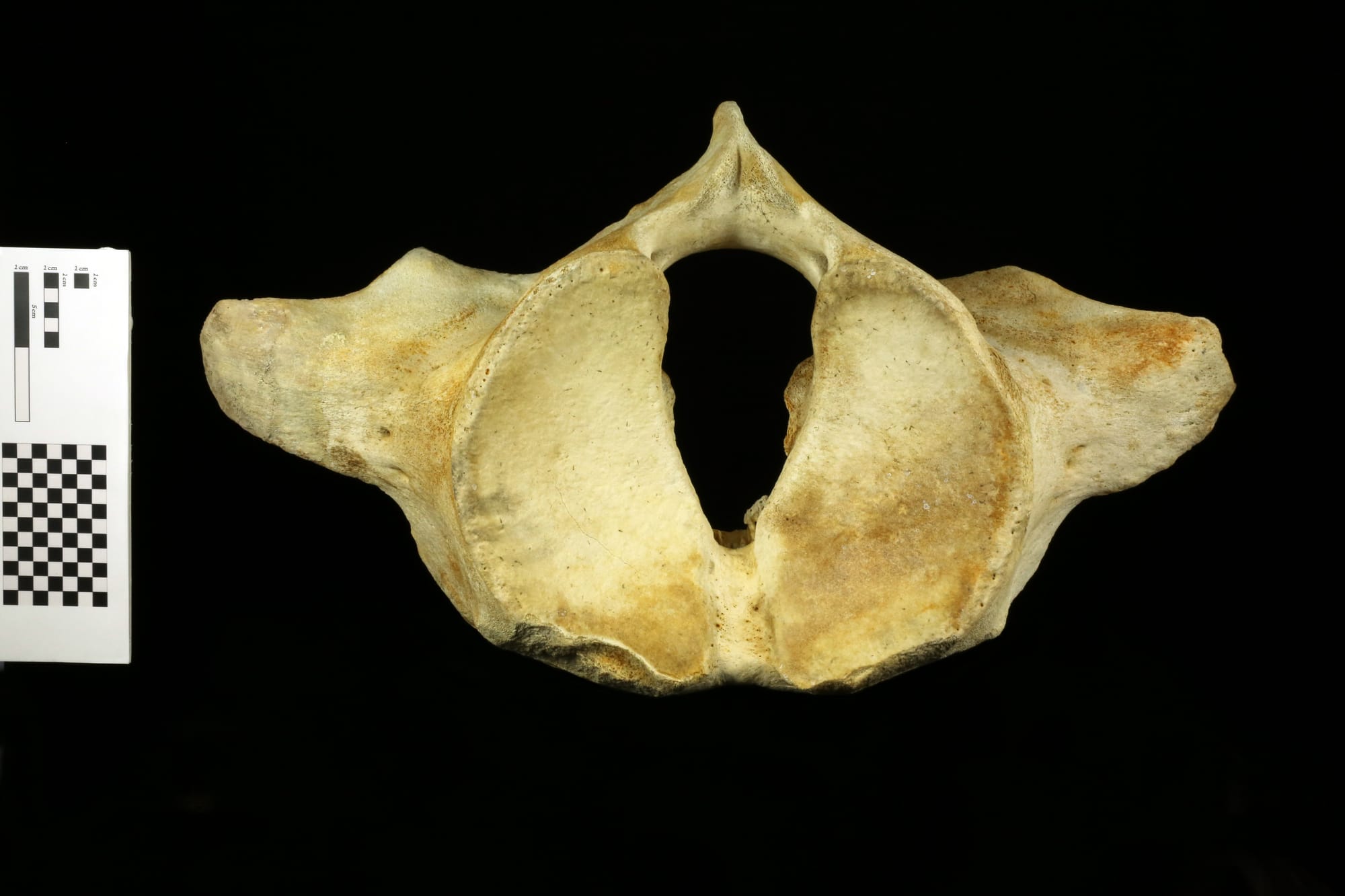
So we can say with some confidence that this specimen is probably from a member of the Balaenopteridae, even if we don’t know the species. Given its age, it’s unlikely that the fossil represents an extant balaenopterid species, but the family is known to go back to at least the Late Miocene.

If you like what you're reading, please consider becoming a paid subscriber or leaving a tip. All proceeds go to cover the cost of maintaining the site and supporting research and education at the Western Science Center.
